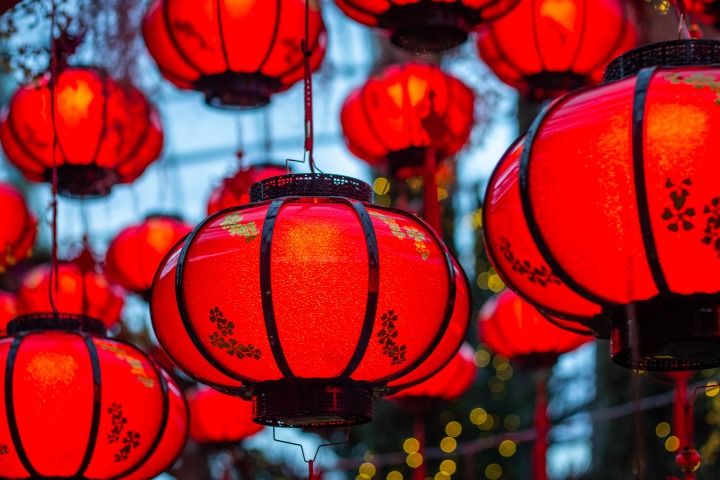
Lunar New Year in Japan: A Chinese Celebration Filled with Culture and Color
Share
Although Japan does not officially celebrate the Lunar New Year, as it uses the Gregorian calendar for its national holidays, the Chinese community living in Japan continues to uphold its Lunar New Year traditions. Cities with significant Chinese populations, such as Yokohama, Kobe, and Nagasaki, become vibrant centers of celebration, attracting tourists.
Here are some unique traditions observed by the Chinese community in Japan during the Lunar New Year.
1. Lion Dance and Dragon Dance

One of the most iconic attractions of the Lunar New Year celebrations in Japan is the lion dance and dragon dance. In areas like Yokohama’s Chinatown, professional dancers wear colorful lion or dragon costumes and perform acrobatic dances accompanied by energetic traditional music. These dances are believed to bring good fortune, drive away evil spirits, and bless the coming year.
2. Lantern Festival
The Chinese community in Japan decorates the main streets of Chinatown with beautiful red lanterns. These lanterns symbolize good luck and happiness. When night falls, the lanterns create a magical atmosphere, drawing visitors who come to take photos or simply enjoy the beauty of the decorations.

3. Traditional Lunar New Year Foods
As in other countries, food plays an important role in the Lunar New Year celebrations. Restaurants in Chinatown serve traditional Lunar New Year dishes like dumplings, rice cakes, longevity noodles, and various seafood, all symbols of good luck and prosperity. Some restaurants even offer special New Year menus to attract customers.

4. Giving Red Envelopes (Angpao)
The tradition of giving red envelopes, or angpao (small envelopes filled with money), is also practiced by the Chinese community in Japan. Typically, these envelopes are given to children as a symbol of wishes for their health and success. In smaller communities, giving angpao also becomes a moment to strengthen family bonds.

5. Religious Activities at Temples
Some Chinese communities in Japan visit local temples to pray for luck and health in the new year. Offerings, including fruits, cakes, and tea, are often presented to the gods as a gesture of gratitude.
6. Lunar New Year Parade
In cities like Yokohama and Kobe, the Lunar New Year parade is a highly anticipated event. The parade features various cultural performances, such as traditional dances, music performances, and dazzling Chinese costumes. The parade is not only attended by the Chinese community but also by local residents who want to celebrate cultural diversity.
7. Arts and Cultural Performances
In addition to parades and dances, several Chinatown areas in Japan host art performances such as Chinese opera, calligraphy, and traditional art exhibitions. These events offer an opportunity to introduce Chinese culture to the Japanese public and international tourists.

Chinatown in Japan: The Heart of Lunar New Year Celebrations
Several Chinatowns in Japan become lively centers of Lunar New Year festivities. Here are three main Chinatowns that are must-visit during the Lunar New Year celebrations:
- Yokohama Chinatown: The largest Chinatown in Japan, known for its spectacular lantern decorations and events such as lion dances, parades, and food festivals.
- Kobe Chinatown (Nankinmachi): This area hosts a grand parade and various cultural performances that attract many tourists.
- Nagasaki Chinatown: Known for its incredible lantern festival, creating a magical atmosphere in the evening, in addition to its Lunar New Year celebrations.
Traditions like the lion dance, lantern festival, and cultural parades not only preserve Chinese heritage but also enrich Japan's cultural diversity. For tourists, attending the Lunar New Year celebrations in Japan is an opportunity to experience a unique cultural fusion while enjoying the warmth of Chinese traditions.
If you find yourself in Japan during the Lunar New Year, don’t miss the chance to witness this vibrant celebration. Not only will you enjoy its beauty, but you'll also take home unforgettable experiences!

